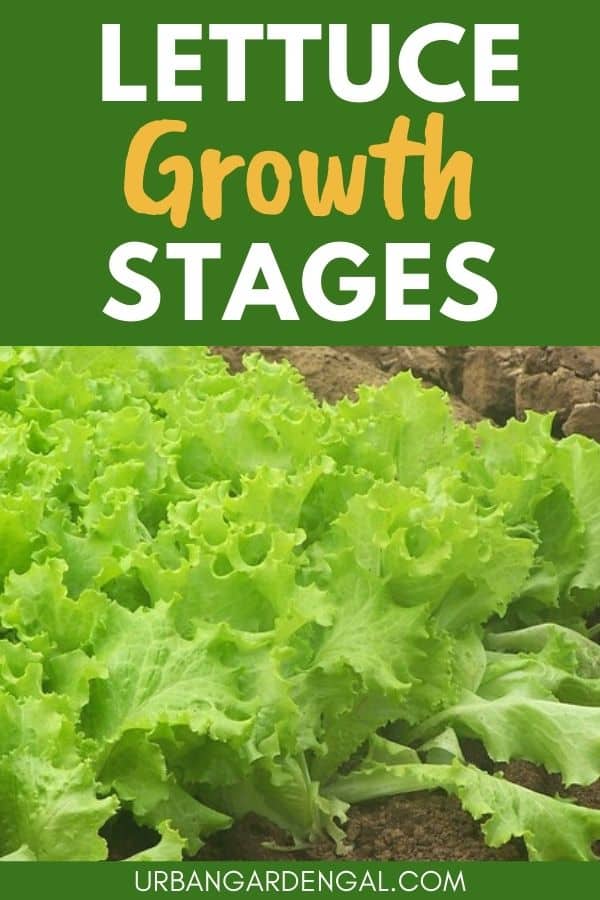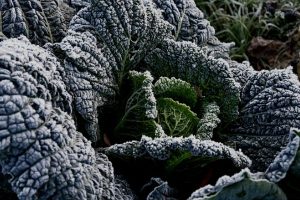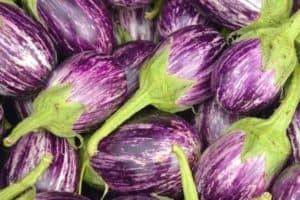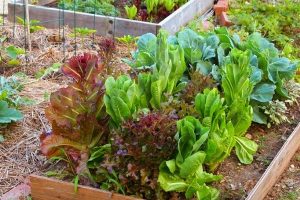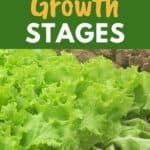Lettuces are easy leafy vegetables to grow and they have many different stages of growth from planting the seeds to harvesting.
In this article I’ve listed the growing stages of lettuce plants along with some helpful tips to assist you to grow an abundant crop of lettuces in your garden.
This post contains affiliate links. Please read the disclosure for more info.
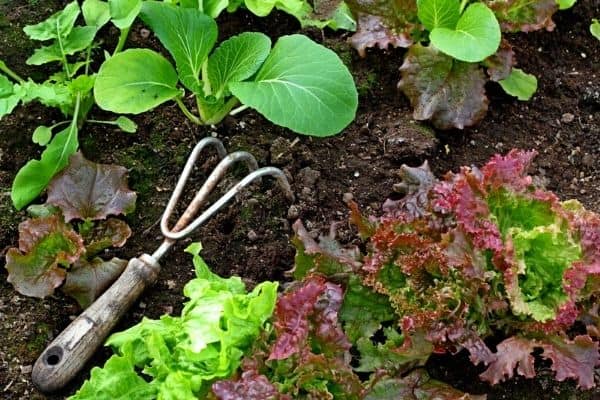
LETTUCE PLANT GROWTH STAGES
Lettuce (Lactuca sativa) is an annual crop, which means that the plants reach maturity and produce seeds in the one year.
Lettuces are a good choice small gardens because they don’t take up much space and they can even be grown in containers or hydroponically.
Stage 1 – Planting the seeds
Lettuce seeds can be planted directly in the garden in spring, about two weeks after the last frost of the season.
You can also start the seeds indoors if you live in a cool climate.
Lettuce seeds are quite small, so the best way to plant them is by scattering them over the soil and gently pushing them into the soil with your finger.
Water them in thoroughly and keep the soil evenly moist.
Some common varieties of lettuce to plant in your garden include romaine, oakleaf, buttercrunch and iceberg.
Stage 2 – Germination
Lettuce seeds usually take about 5 days to germinate but it may take a bit longer if the soil is still cool.
If you’re using a seed starting tray you can place it on a heat mat to warm up the soil.
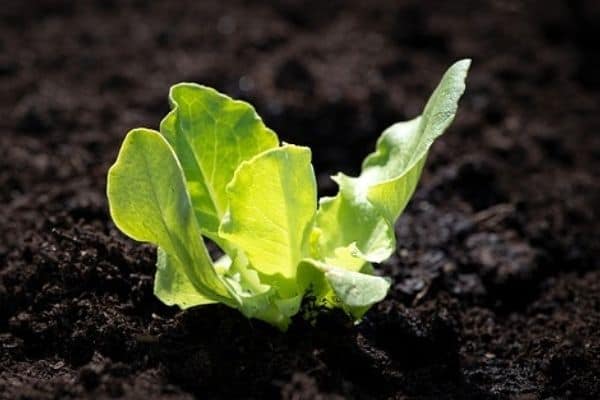
Stage 3 – Seedling
During the seedling stage the plants develop seed leaves or cotyledons, which are then followed by the true leaves.
The lettuces should be thinned out at this stage, leaving at least six inches (15 cm) in between each one.
During the seedling stage you’ll also need to keep an eye out for snails and slugs, which will munch on the tender lettuce seedlings.
Set up a beer trap or use some snail pellets to get rid of them.
Stage 4 – Foliage growth
As the plant matures, the leaves form a cup shape and a dense head.
At this stage you can add some fertilizer to the soil to promote the leaf growth.
You’ll only need to add fertilizer once, since lettuces are fast growing.
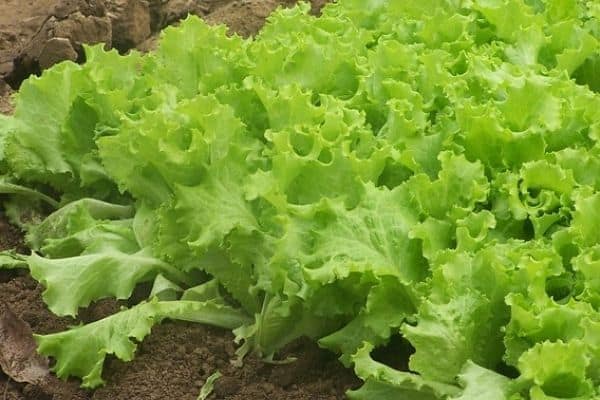
Stage 5 – Harvesting
Lettuces are ready to harvest about two to three months after planting, depending on the variety, but you can pick some of the outer leaves as needed while the plants are still growing.
Oakleaf is one of the fastest growing lettuces, while iceberg takes longer to mature.
Oakleaf – ready to harvest in 50 days
Romaine – ready to harvest in 65 days
Buttercrunch – ready to harvest in 75 days
Iceberg – ready to harvest in 85 days
To harvest the whole lettuce, cut if off at the base with a sharp knife.
Store in the crisper section of your refrigerator for up to a week and wash the leaves thoroughly before eating.
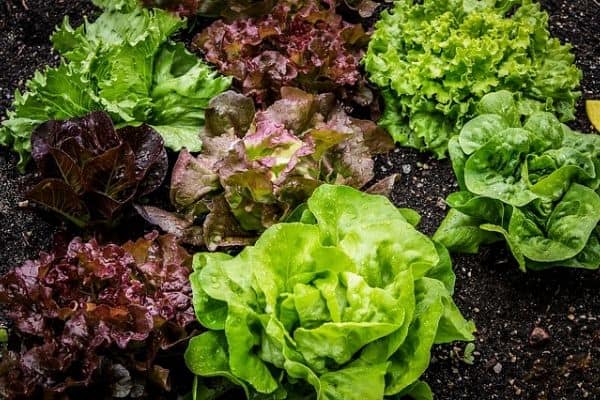
Stage 6 – Bolting / Flowering
Lettuces can bolt (go to flower) if the temperature becomes too hot or if they’re left to grow for too long.
When lettuces bolt they send up a large stalk that can reach 2 to 3 feet (60 to 90 cm) tall.
The bright yellow flowers are pollinated by bees and other pollinating insects.
After the flowers are pollinated they will produce seeds.
The leaves become very bitter once the plants have bolted so try to harvest your lettuces before they have a chance to bolt. [1]
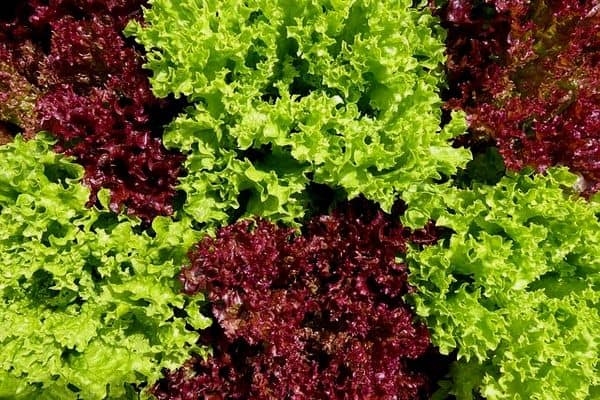
RELATED ARTICLES
- 10 Fast Growing Salad Vegetables
- Lettuce Plant Spacing Guide
- Zucchini Plant Growth Stages
- How To Harvest Swiss Chard
- 10 Small Vegetable Garden Ideas
So there are the different stages of lettuce plant growth that you can expect to see when growing lettuces in your garden.
The lettuce growth cycle is interesting and it doesn’t take long to grow your own fresh lettuces at home.
Have you tried growing lettuces in your vegetable garden? What is your favorite lettuce variety to grow? Let me know in the comments below.
Are you on Pinterest? I have boards dedicated to Growing Vegetables and Gardening Tips that you may find helpful. You can also find me on Facebook.

